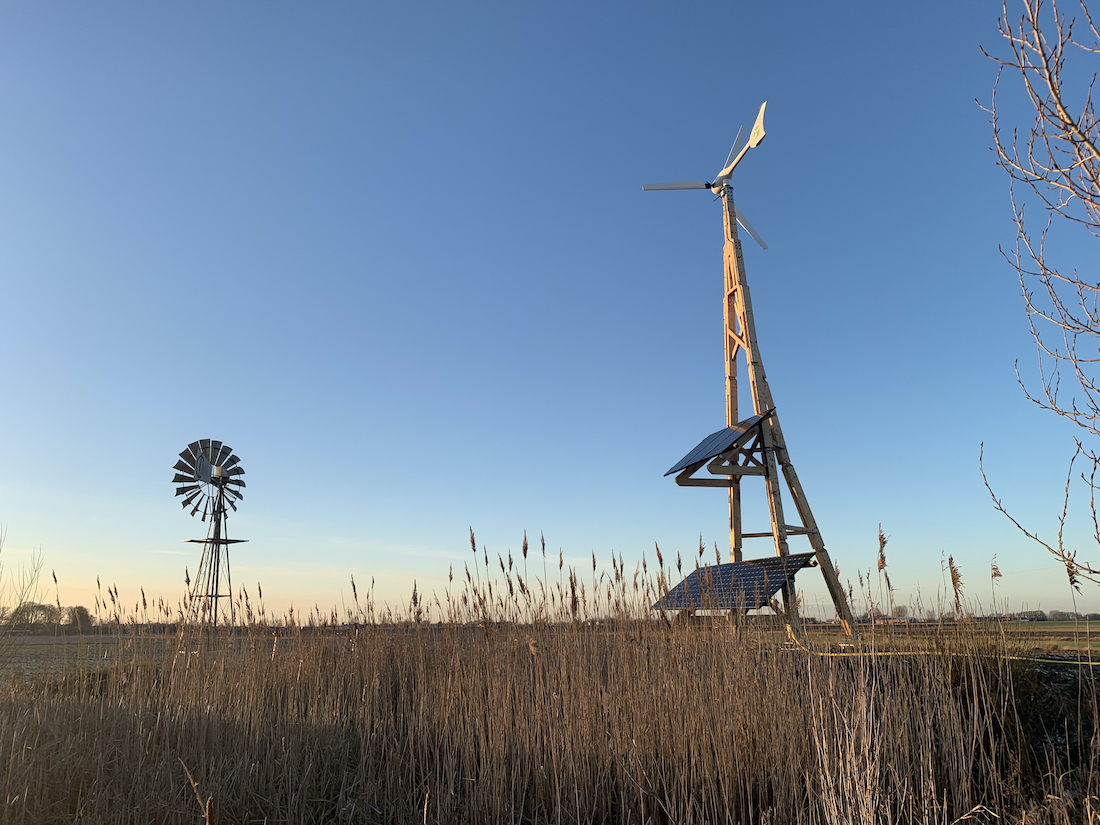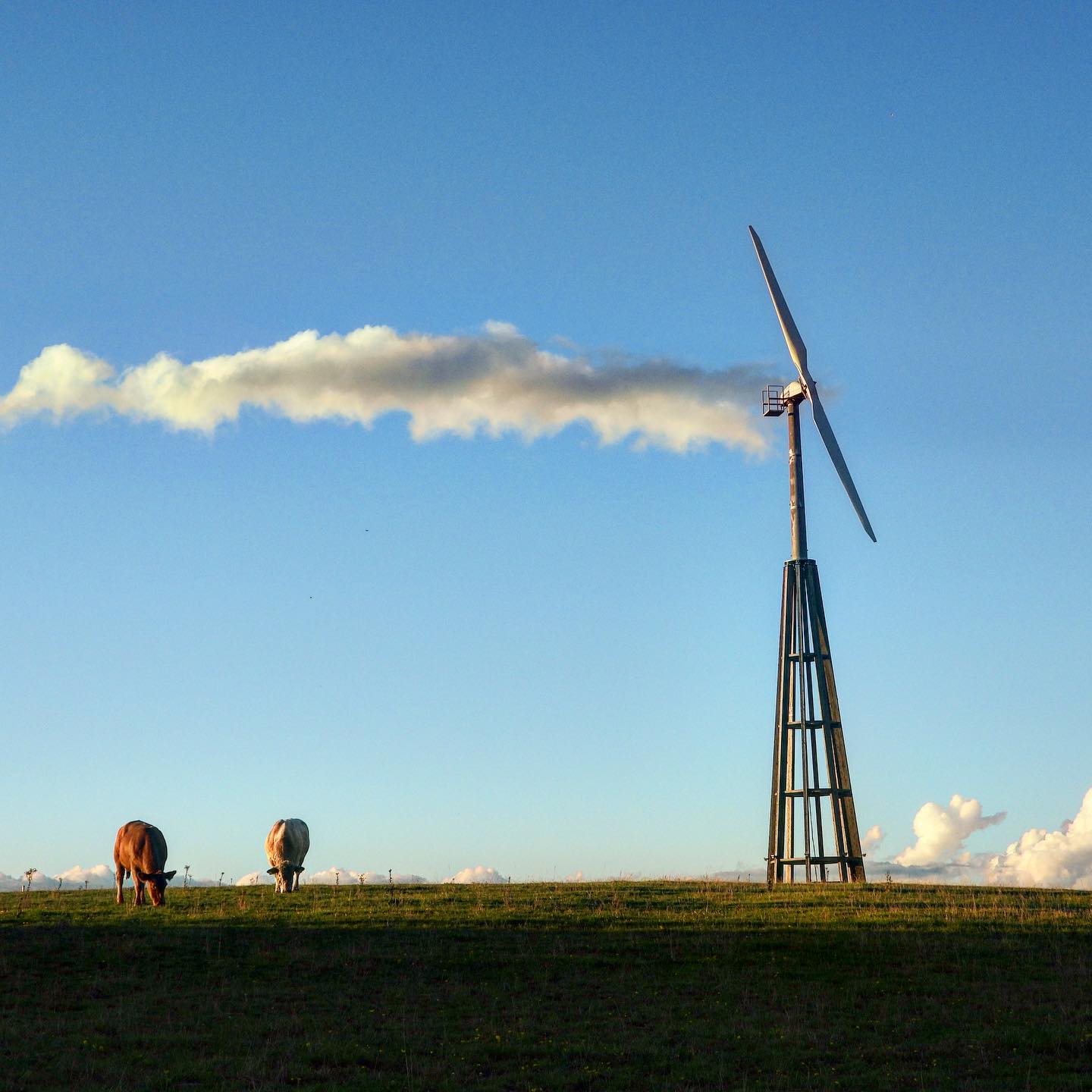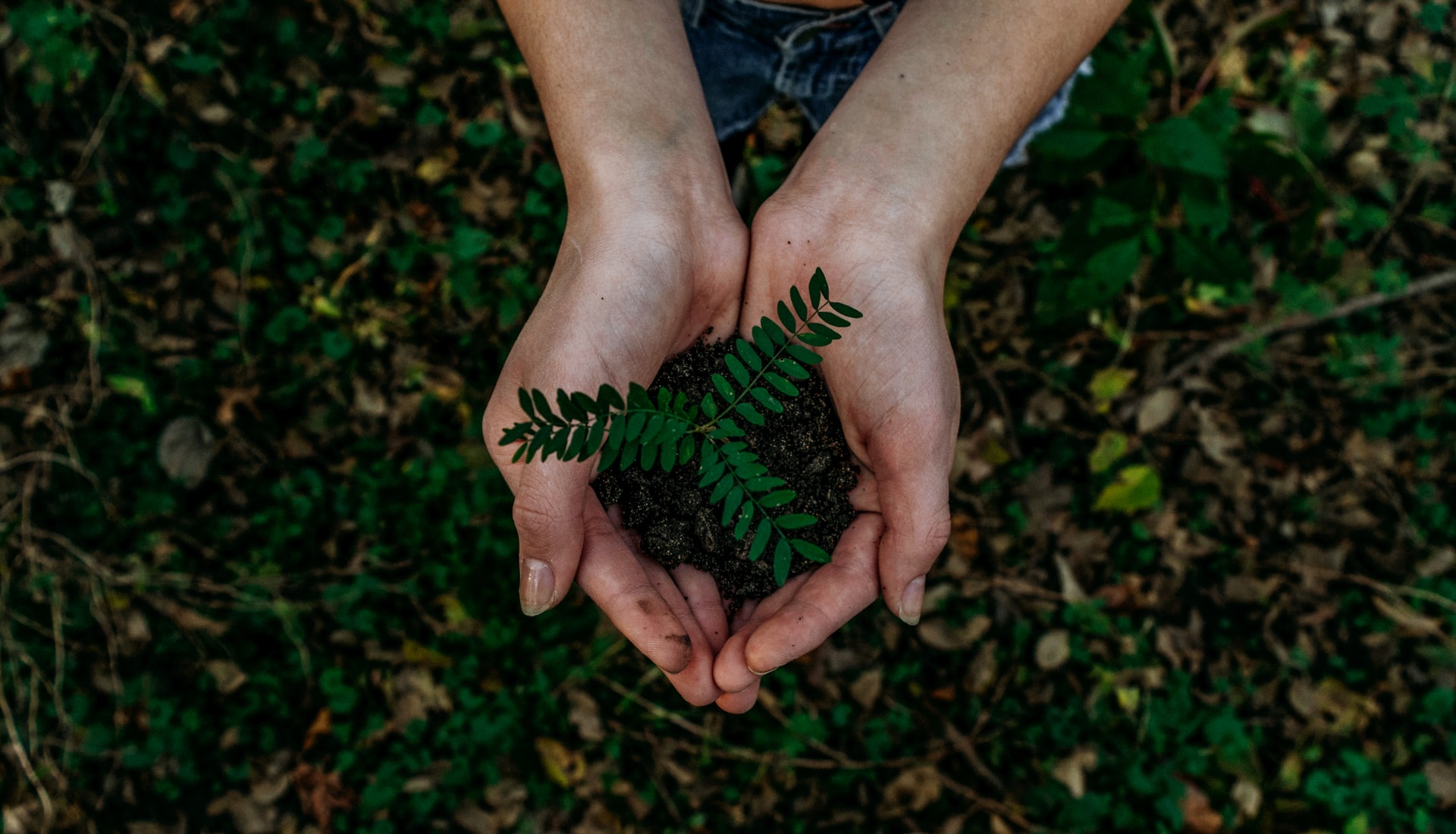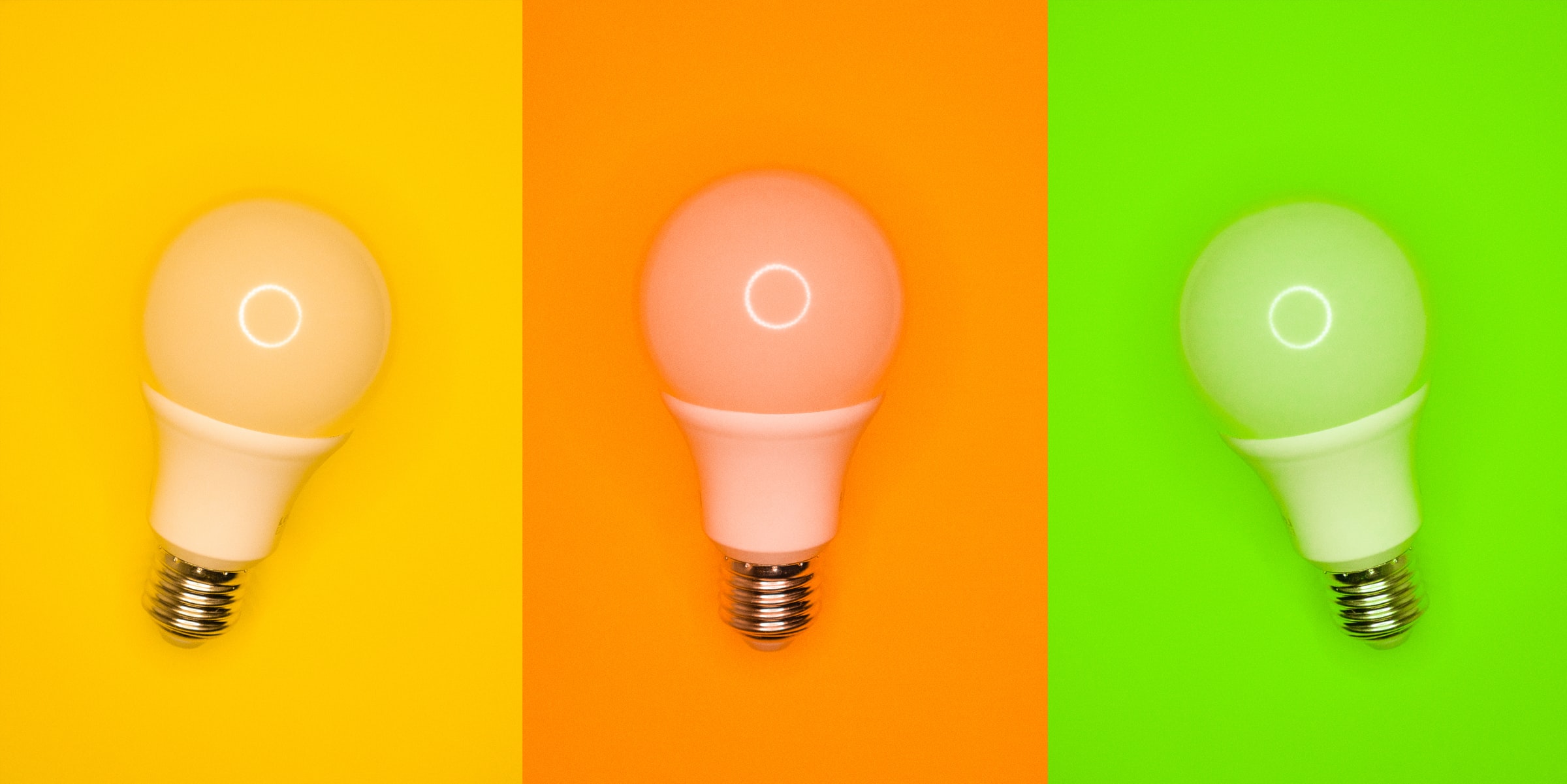This blogpost will introduce you to the process of producing your own electricity on- and off grid. Our mission is to inspire and support you on your journey towards a greener and sustainable living. So, let’s jump in!
Producing your own electricity – a signature of independence
What do you think of when you hear the words renewable energy? Is the first thing that comes to mind giant wind turbines, visible from several miles away, or maybe rows and rows of solar panels that extend as far as the eye can see? Today, solar cells and wind turbines are becoming a more and more common sight, as the world is turning to sustainable energy sources.
When it comes to wind power, it is mainly the industrial wind power that people think of, not the small-scale wind power that is used for micro-production of electricity on a farm, on an island, or top of a building. As there are large-scale wind farms, over the last decades, it has been a steady increase of solar panels (PV) on the roofs of houses, schools, and governmental buildings.
From the year 2000 to 2018, renewable energy in the US has increased by 100% and is the fastest-growing source of energy. By 2040, it is expected that 45% of the produced energy will be from sustainable energy sources in the United States of America.

Locally produced electricity from wind and the sun
To get electricity from the sun, you need solar cells that you connect in solar panels to capture the sun’s rays and convert the energy from the sun into electricity. This is created by the sun’s rays reaching the top of the solar cell and making it negatively charged and the underside of the panel positively charged, which generates a direct current. To convert direct current to alternating current, an inverter is required. The most common layout for solar panels today is to either install them on rooftops or the ground in long rows. The most important thing when it comes to producing your electricity from the sun is that you install the solar panels in the right direction and slope. As a rule of thumb, for maximum power, the direction of the solar panels should be facing the south, southwest, or southeast and the angle of the solar panels should be 10-50 degrees.
How much energy can the sun provide?
The sun is a vast source of energy that constantly emits huge amounts of energy, for example; during 2 hours the Earth receives the same amount of solar energy that the earth’s population consumes in a whole year. There are some myths that the northern hemisphere’s climate and location do not make solar power a good alternative, but that is wrong. There is a rule of thumb that says that 800 hours of sunshine per year is what is required for an investment in solar cells to be considered good. Something that one should keep in mind is that solar panels do not only work on clear blue skies and sunshine, the only requirement is daylight. Another advantage when it comes to more northern climates is that average temperatures are often lower than in other parts of the world, which is also an advantage as solar cells perform better when it is not too hot.
What affects how much electricity from solar can be produced is mainly based on how many and which solar cells are installed, as a rule of thumb in Sweden is that the production per year is 800–1100 kWh per installed kilowatt power. The energy from the sun is always there, it’s all about being able to capture and convert it into electricity.

Dali PowerTower, green electricity system from INNOVENTUM.STORE
Locally produced electricity from wind
Since the Middle Ages, there has been a long tradition of utilizing the wind to harness and utilizing said power. It started with traditional windmills, which helped farmers use workers which were then replaced by the steam engine during the industrial revolution.
The technology for wind power is constantly evolving and streamlines the production of electricity from wind. It is everything from the towers becoming taller, the blades becoming larger and the turbines becoming both larger and even more efficient. To create electricity from wind power, the wind is needed to cause the turbine blades to spin, which leads to a generator spinning, which creates the electrical energy in the form of direct current. The direct current then goes on to a transformer that converts the direct current into alternating current, which is what drives our electronics today.
How do I know the wind is strong enough to invest in the small scaled wind turbine?
The easiest way to investigate how much it is blowing at an installation site is to check the nearest weather station to see what the average wind speed is per year. This is also something you can ask the company whose products you are interested in investing in.
There is also a general rule of thumb when it comes to wind conditions:
- 4.5 m / s – Villages and smaller towns
- 5.5 m / s – Arable land with smaller buildings
- 6.5 m / s – Open landscape
Of course, many factors affect wind, the closer to the coast the stronger the wind. Then there is a phenomenon called urban canyons, which can be explained by how large streets with tall buildings can have extremely strong winds for example.

Dalifant, small scaled wind turbine. Order your energy system in our shop today.
Hybrid system combining solar and wind
A hybrid system within sustainable energy describes a system that consists of at least 2 components, the most common when it comes to micro-grids is the combination of both solar and wind power. Using hybrid systems to combine the production of electricity from solar and wind is optimal. Solar power is most efficient during the summer and during the day, while wind power produces around the clock, all year round, and is usually most efficient during the winter. By combining solar and wind power, you have a highly effective and stable energy source all day, every day.
Sustainable for both your wallet and for the planet
By installing and using hybrid systems for energy production, you do something good for the planet and the environment. There are two types of systems, on-grid, and off-grid. With an on-grid connected system, there is the possibility of selling the surplus energy that is produced back on the grid. If you also include energy storage in the form of batteries you save the excess energy until it is needed, such as when consumption exceeds production or in case of a power failure. With an off-grid system, you are not connected to the electricity grid and thus, are completely dependent on your direct production, or on a battery to store energy and use it when needed.
When it comes to electricity from the sun and wind, in combination, it is one of the most cost-effective energy sources available. When it comes to off-grid, it is more efficient than using generators. In addition, hybrids do not consume fuel.

Safety when it comes to installation and service
When installing solar and wind power, it is important to have knowledgeable and trained craftsmen who know what they are doing. These systems are classified as high-voltage systems and should therefore only be installed by certified personnel. There are obligations for both buyers and installers that should be followed to ensure operational reliability. One of the obligations that you have as an owner of a photovoltaic system is to make sure that maintenance is carried out and that it is safe.
Before acting and investing in renewable energy, do your research regarding installation, service, and responsibilities.




